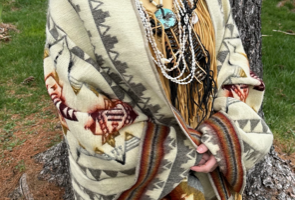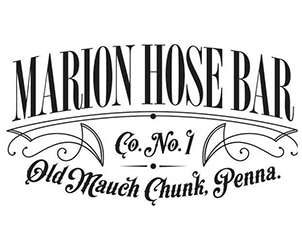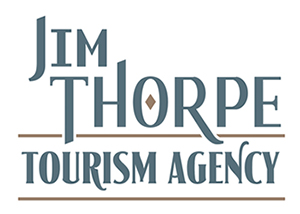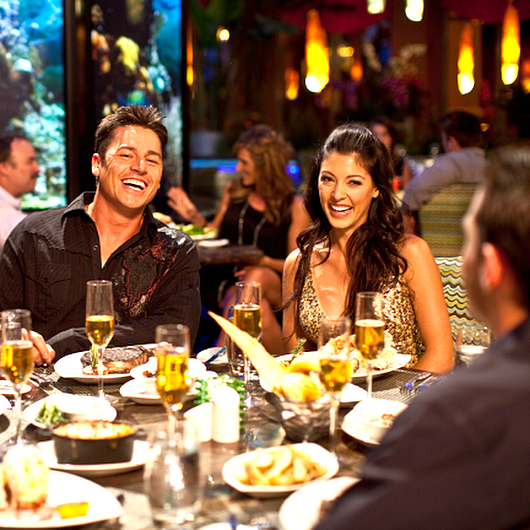When Americans sit down with their families for Thanksgiving dinner, most of them will probably gorge themselves on the same traditional Thanksgiving menu, with turkey, cranberry sauce, stuffing, and pumpkin pie taking up the most real estate on the plates. How did these dishes become the national “what you eat on Thanksgiving” options, though?
Why Do We Eat Turkey On Thanksgiving?
It’s not necessarily because the pilgrims did it. Turkey may not have been on the menu at the 1621 celebration by the Pilgrims of Plymouth that is considered the first Thanksgiving (though some historians and fans of Virginia’s Berkeley Plantation might quibble with the “first” part). There were definitely wild turkeys in the Plymouth area, though, as colonist William Bradford noted in his book Of Plymouth Plantation.
However, the best existing account of the Pilgrims’ harvest feast comes from colonist Edward Winslow, the primary author of Mourt’s Relation: A Journal of the Pilgrims at Plymouth. Winslow’s first-hand account of the first Thanksgiving included no explicit mention of turkey. He does, however, mention the Pilgrims gathering wild fowl for the meal, although that could just as likely have meant ducks or geese.
When it comes to why we eat turkey on Thanksgiving today, it helps to know a bit about the history of the holiday. While the idea of giving thanks and celebrating the harvest was popular in certain parts of the country, it was by no means an annual national holiday until the 19th century. Presidents would occasionally declare a Thanksgiving Day celebration, but the holiday hadn’t completely caught on nationwide. Many of these early celebrations included turkey; Alexander Hamilton once remarked, “No citizen of the U.S. shall refrain from turkey on Thanksgiving Day.”
When Bradford’s journals were reprinted in 1856 after being lost for at least half a century, they found a receptive audience with advocates who wanted Thanksgiving turned into a national holiday. Since Bradford wrote of how the colonists had hunted wild turkeys during the autumn of 1621 and since turkey is a uniquely North American (and scrumptious) bird, it gained traction as the Thanksgiving meal of choice for Americans after Lincoln declared Thanksgiving a national holiday in 1863.
Moreover, there were pragmatic reasons for eating turkey rather than, say, chicken at a feast like Thanksgiving. The birds are large enough that they can feed a table full of hungry family members, and unlike chickens or cows, they don’t serve an additional purpose like laying eggs or making milk. Unlike pork, turkey wasn’t so common that it seemed like an unsuitable choice for a special occasion, either.
Did The Pilgrims Have Cranberry Sauce?
While the cranberries the Pilgrims needed were probably easy to come by, making cranberry sauce requires sugar. Sugar was a rare luxury at the time of the first Thanksgiving, so while revelers may have eaten cranberries, it’s unlikely that the feast featured the tasty sauce. What’s more, it’s not even entirely clear that cranberry sauce had been invented yet. It’s not until 1663 that visitors to the area started commenting on a sweet sauce made of boiled cranberries that accompanied meat.
There’s the same problem with potatoes. Neither sweet potatoes nor white potatoes were available to the colonists in 1621, so the Pilgrims definitely didn’t feast on everyone’s favorite tubers.
How About Pumpkin Pie?
It may be the flagship dessert at modern Thanksgiving dinners, but pumpkin pie didn’t make an appearance at the first Thanksgiving. The Pilgrims probably lacked the butter and flour needed to make a pie crust, and it’s not clear that they even had an oven in which they could have baked a pumpkin pie. That doesn’t mean pumpkins weren’t available for the meal, though; they were probably served after being baked in the coals of a fire or stewed. Pumpkin pie became a popular dish on 17th-century American tables, though, and it might have shown up for Thanksgiving as early as the 1623 celebration of the holiday.



























Add Comment